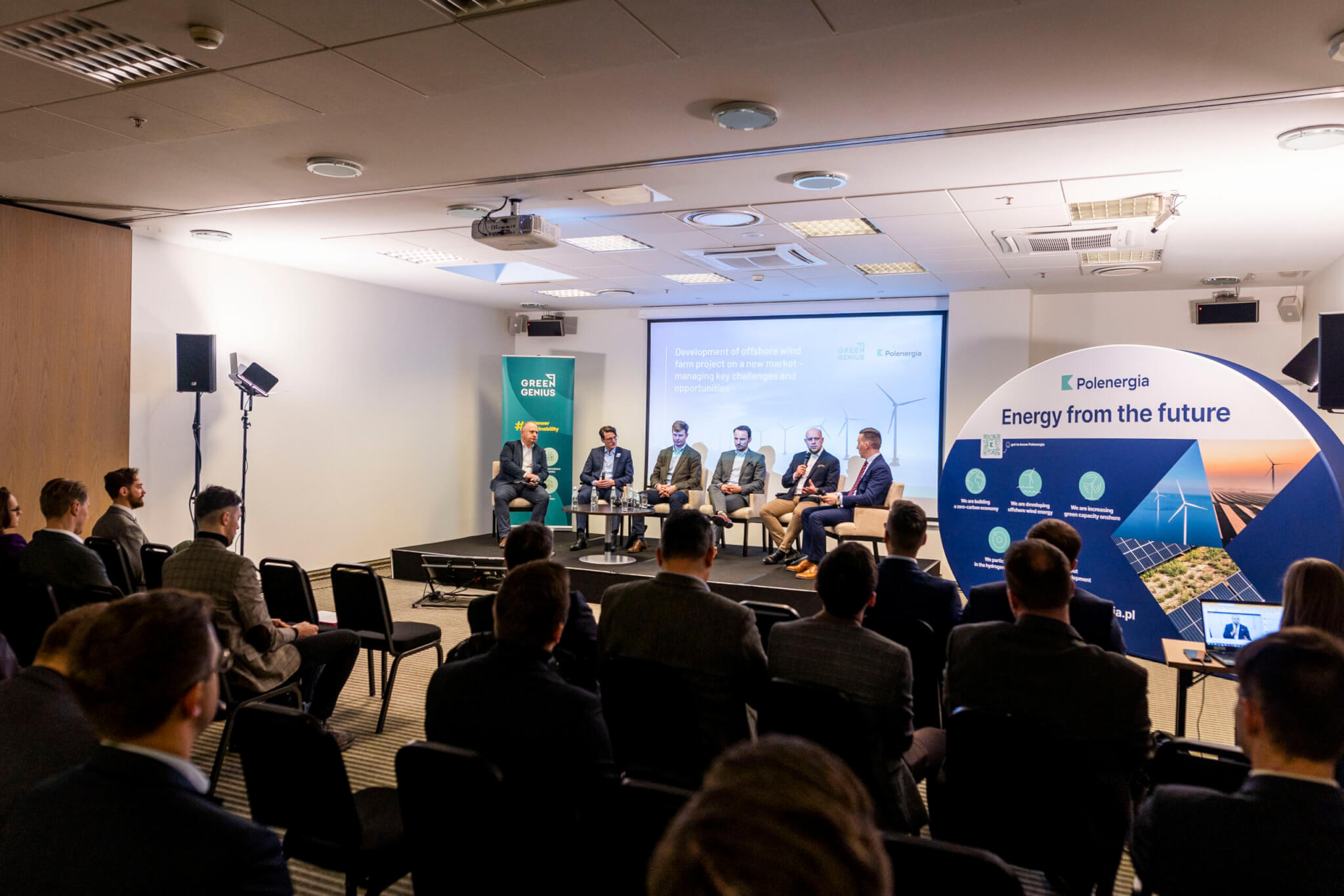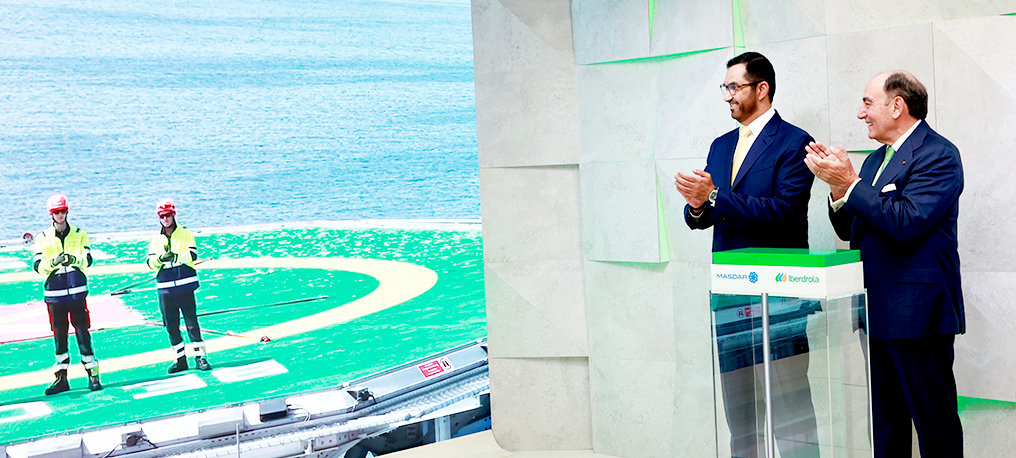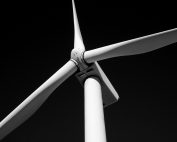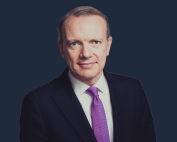As Windmission, the most important wind energy conference in the Baltics, kicks off, offshore wind experts discussed the biggest challenges Lithuania is likely to face in implementing its first offshore wind projects in the Baltic Sea. The relatively small Lithuanian market and the uncertain regulatory environment were identified as the biggest risks.
“Competition among offshore wind projects in the world is increasing every day. It is important to understand that when planning the first offshore wind farms in Lithuania, we are not isolated from the changing conditions and challenges of the international market, so the time to prepare for them is now,” says Dr. Darius Biekša, Head of Wind Business at renewable energy company Green Genius.
“Forecasts show that offshore wind development globally will not double or even triple, although we are already busy in a way we have not been for a decade,” says Peter Zeglarski, Business Development Manager at wind developer Seaway7. – “In this context, small markets like the Baltic States or even Poland may face the challenge of attracting international partners. To mitigate this challenge, it is worth thinking about synergies and cooperation with surrounding projects – making the infrastructure for offshore wind development more efficient and attractive.”
Ramboll, the offshore wind project manager, echoes his sentiments. “Despite the legal and regulatory differences, global companies do not see Lithuania as a separate market but as part of the Baltic region. All neighbouring countries are considered together in terms of their projects and their potential,” said Mariusz Wojcik, Director of Offshore Wind Project Management at Ramboll, during the discussion.
“The offshore wind market is not local or regional – it is a global market and we are competing on a global scale. So cooperation and synergies in the region are an important factor for the success of projects in the Baltic Sea,” said Pawel Mawduk, Head of Offshore Wind Supply Chain at Polenergia.
Siemens Gamesa, the world’s leading offshore wind turbine manufacturer with more than 21 GW of offshore wind turbines installed, points out that the development process for offshore wind is 2-3 times more complex than onshore wind.
“We are talking about blades more than 100 metres long, or houses the size of a house – it is virtually impossible to transport such equipment by road, which means we have to build the appropriate infrastructure close to the shore. Marine logistics to the plant in the water is no easier, requiring specific port capabilities and special machinery. We are forecasting annual growth of between 5 GW and 25 GW, so naturally we will need to choose priority markets for investment,” said Pawel Przybylski, Director of Offshore Wind Sales at Siemens Gamesa.
“Apart from the small size of the market or the rising and unpredictable cost of materials, there is a lack of clarity on the grid connection conditions that developers will have to face, which is not yet known and which adds to the uncertainties and risks,” noted Jeff Davis, Senior Consultant at Ramboll.
The International Offshore Wind Workshop is organised by renewable energy companies Green Genius and Polenergia. It is part of the most important wind energy conference in the Baltics, Wind mission.
Source: Lithuanian Wind Power Association














